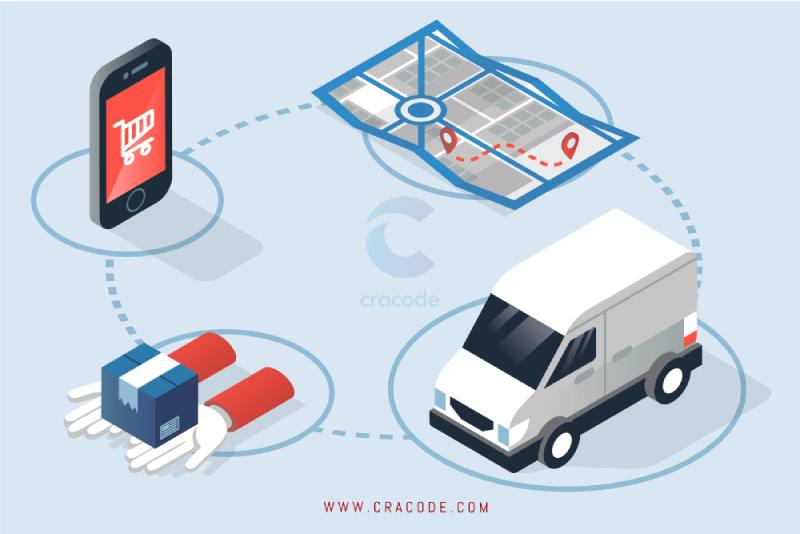Introduction
The logistics industry is a critical part of the global economy. It is responsible for the movement of goods and services from producers to consumers. In the USA and Canada, the logistics industry is worth an estimated $1.5 trillion.
The logistics industry is facing several challenges, including:
- Rising costs: The cost of transportation, warehousing, and other logistics services is rising.
- Increasing complexity: The global supply chain is becoming increasingly complex.
- Growing demand: The demand for logistics services is growing, as businesses are expanding their operations into new markets.
How technology can help?
Technology can help the logistics industry address these challenges. For example, technology can help to:
- Reduce costs: Technology can help to reduce the cost of transportation, warehousing, and other logistics services. For example, the use of drones and self-driving vehicles can reduce the cost of transportation.
- Increase efficiency: Technology can help to increase the efficiency of the logistics industry. For example, the use of big data and analytics can help businesses to optimize their supply chains.
- Improve customer service: Technology can help businesses to improve customer service by providing real-time tracking of shipments and providing customers with the ability to track their orders online.
Flaws in the stated markets:
The logistics industry in the USA and Canada is not without its flaws. Some of the most common flaws include:
- Fragmentation: The logistics industry is fragmented, with a large number of small and medium-sized businesses. This fragmentation makes it difficult for businesses to coordinate their logistics operations.
- Lack of transparency: The logistics industry is not transparent, making it difficult for businesses to compare prices and services.
- Lack of innovation: The logistics industry is slow to adopt new technologies, which can make it difficult for businesses to stay competitive.
How technology can bring change?
Technology can help to address the flaws in the logistics industry. For example, technology can help to:
- Increase collaboration: Technology can help businesses to collaborate to improve their logistics operations. For example, the use of cloud computing can make it easier for businesses to share data and information.
- Improve transparency: Technology can help to improve transparency in the logistics industry by making it easier for businesses to compare prices and services. For example, the use of online marketplaces can make it easier for businesses to find and compare logistics providers.
- Promote innovation: Technology can help to promote innovation in the logistics industry by making it easier for businesses to adopt new technologies. For example, the use of artificial intelligence can help businesses to automate tasks and improve efficiency.
Conclusion
Technology has the potential to revolutionize the logistics industry. By addressing the challenges and flaws in the industry, technology can help to make the logistics industry more efficient, cost-effective, and customer-centric.
In addition to the above, here are some specific examples of how technology is already being used to improve logistics in the USA and Canada:
- Drones: Drones are being used to deliver goods to remote areas and to inspect infrastructure.
- Self-driving vehicles: Self-driving vehicles are being used to transport goods in warehouses and to deliver goods to customers.
- Big data and analytics: Big data and analytics are being used to optimize supply chains and predict demand.
- Artificial intelligence: Artificial intelligence is being used to automate tasks, such as picking and packing, and to improve customer service.
These are just a few examples of how technology is being used to improve logistics in the USA and Canada. As technology continues to evolve, we can expect to see even more innovation in the logistics industry.



